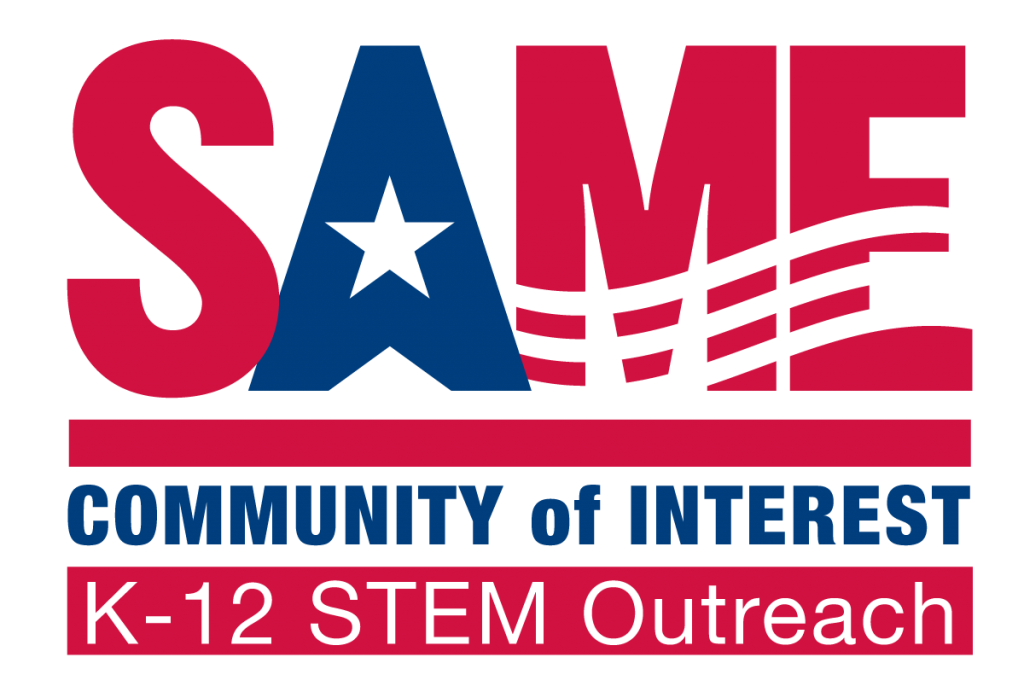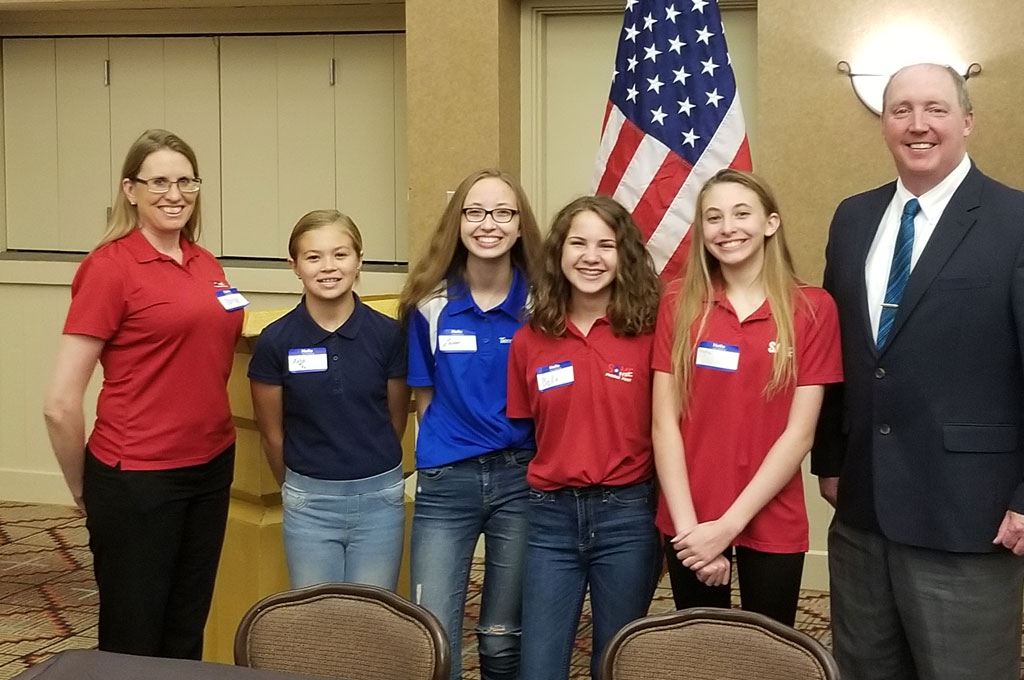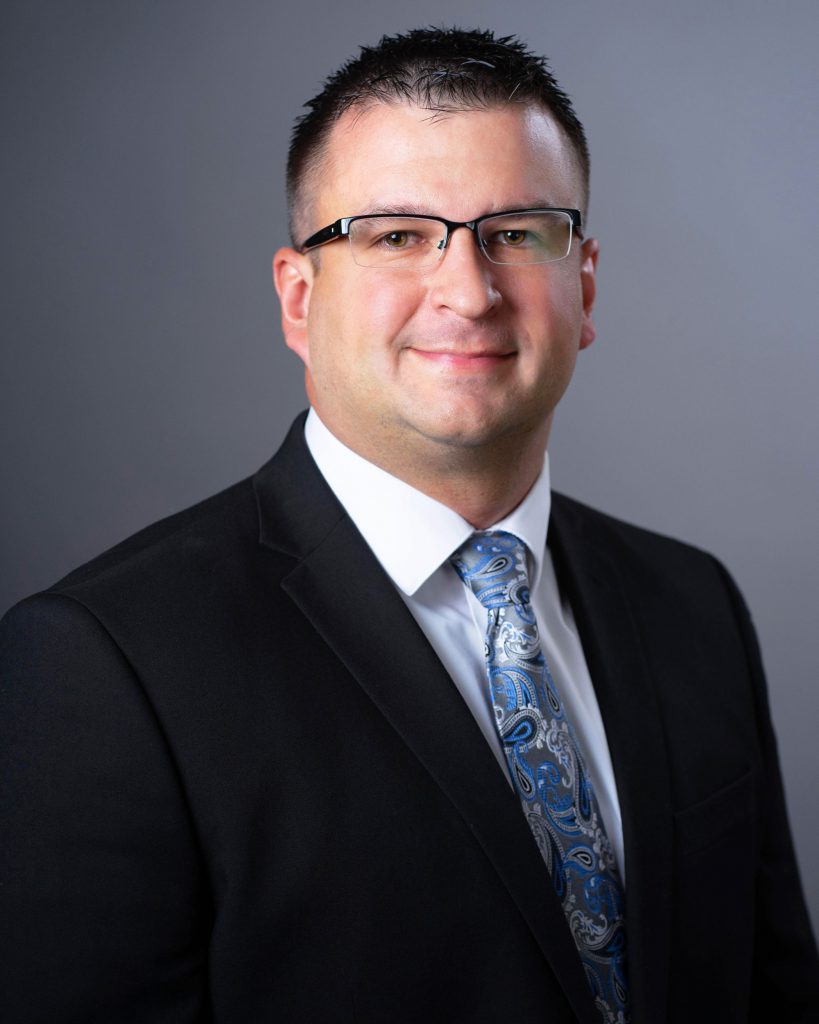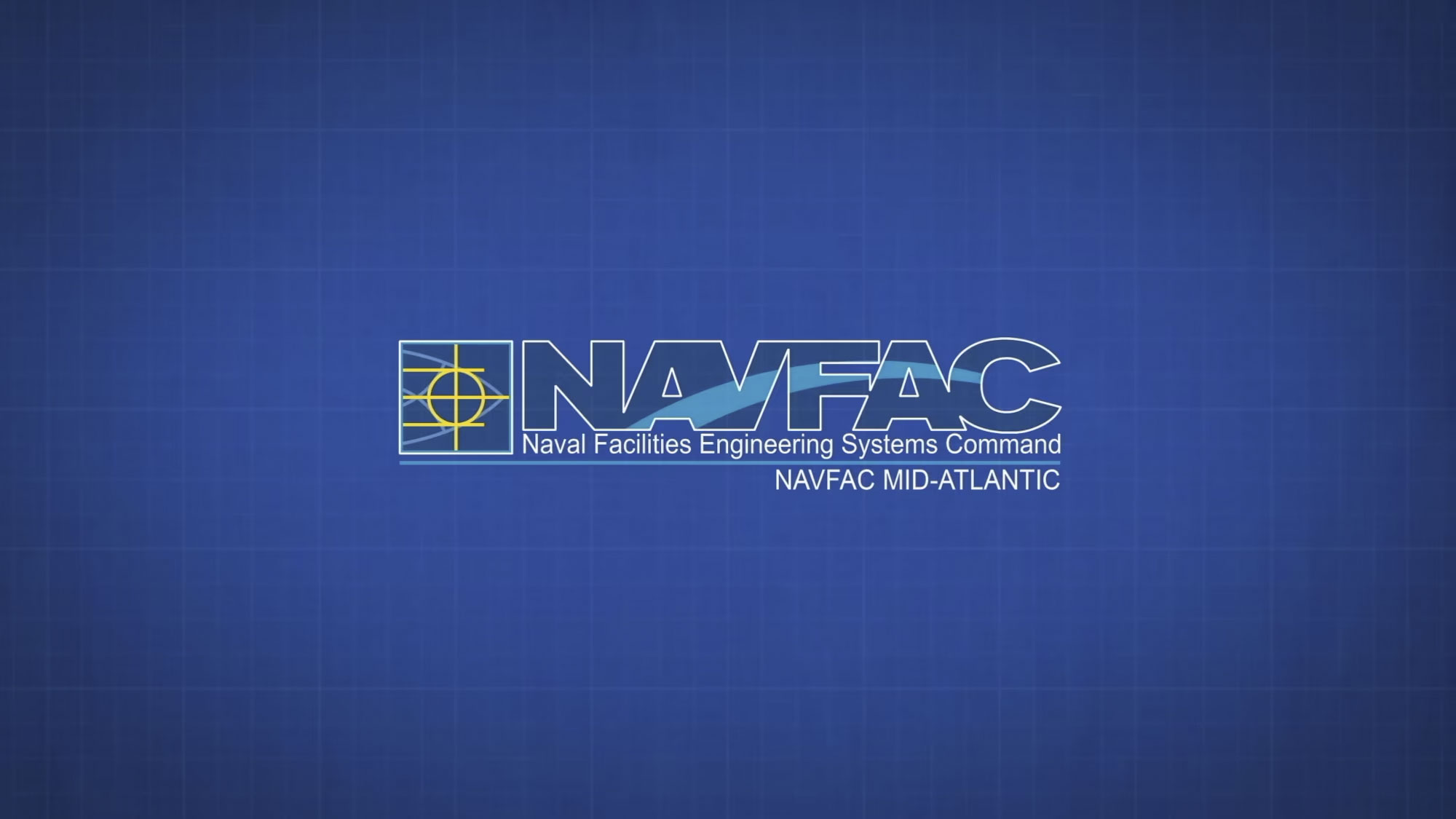
Quick Links

Community Mission
The K-12 STEM (Science, Technology, Engineering, and Mathematics) Outreach Community of Interest’s mission is to promote and support pathways to STEM degrees and STEM careers for K-12 students as part of the national strategic effort to produce more STEM professionals for the nation.
Vision
The K-12 STEM Outreach Committee provides for the security of the nation by ensuring a robust STEM workforce.
Scope
K-12 students need to be exposed to STEM activities, degrees, and careers as they move up the academic ladder. The committee will work with the network of Posts, individual members, sustaining members, service branches, and strategic partners to increase opportunities for STEM exposure for K-12 students. The COI will also promote the Society’s STEM programming at local, regional, and national events, as resources allow.
Activities
- Categorize different examples of how the Post/individuals support K-12 STEM at the local level
- Identify and provide guest speakers/webinars on relevant topics
- Serve as a clearinghouse of STEM information
- Provide a calendar of STEM (SAME/Post and external) events and points of contacts
To learn more about the K-12 STEM Outreach Community of interest, contact a member of the Steering Committee, or reach out to Jeannine Finton, STEM Coordinator.

Community Chair
Joshua Graham, P.E., PMP, F.SAME
Project Manager, HDR

Immediate Past Community Chair
Liza Grudin, PE, ME, ENV SP
President, NovelEsolutions Inc.
Vice Chair, Strategic Alliance: Jeffrey Leonard, PE, CFPS, F.SAME
Vice Chair Programs: Lexi Lessaris
Vice Chairs, Communications and Outreach: Zayda Shavkatova and Roger Minyami
Vice Chair, Awards and Recognition: Traci Dewar
Watch the video of SAME K12 Outreach Monthly Meeting August 2023 on YouTube.
SAME National Webinars
-

- Webinar
NAVFAC Mid-Atlantic Briefing – Changing the Paradigm “The Perfect Storm”
As the NAVFAC Mid-Atlantic Mission becomes more complex and challenging, changing the paradigm between NAVFAC and Industry is critical to the successful delivery of the Navy mission. This webinar will focus on the following topics of Discussion: Critical Shore Infrastructure Investment; -

- Webinar
Virtual Operations & Maintenance Training for Engineers and Facility Managers
Operations & Maintenance is the front line of Energy Efficiency. That’s why we created this course for ambitious building personnel looking for tools to improve energy efficiency and systems performance. -

- Webinar
Coast-to-Coast: Generational Projects for Coastal Resilience
Join us for a compelling webinar to learn more about how two the world’s iconic coastal cities are adapting their waterfronts to the challenges of sea level rise through visionary, generational projects. -

- Webinar
SAME National Leadership Opportunities
Are you interested in learning about national leadership opportunities in SAME? Have you ever wondered how to step up and volunteer to take on a position at the national level? It’s easier than you think and yes, you do have what it takes! -

- Webinar
Creation of Sustainable and Affordable Continuous ISCO Reactive Zones
Recently, artificial intelligence (AI) has been prevalent in the news, but did you know that AI in the energy industry has been around for over 20 years? Over that time, its use has both grown and evolved; however, there are still foundational principles that remain for AI in the energy sector.
